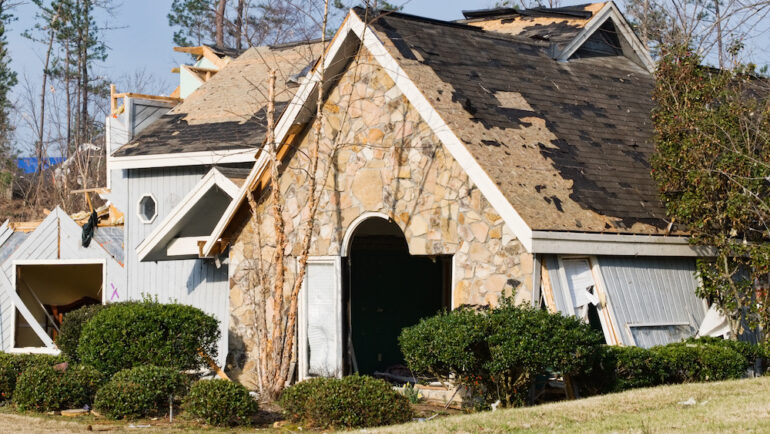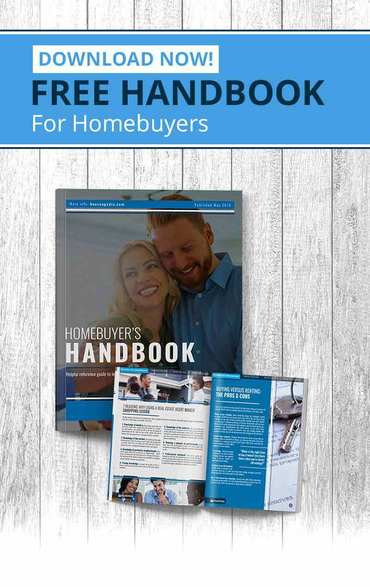You can’t afford shoddy work when high winds or hail damage your roof. Unfortunately, bad actors roofers often exploit besieged homeowners after storms strike. Here’s how to protect yourself and find a quality roofing contractor.
Predatory practices
When damaging storms rake a neighborhood with hail or high winds, signs advertising roofing contractors pop up like mushrooms on roadsides. Salespeople who travel from one storm-ravaged area to the next go door to door, pressuring beleaguered homeowners dazed by the storm’s fury for quick decisions about roof repairs.
In the roofing industry, these are known as storm chasers. Not all roofers who reach out to damaged areas are like this, but homeowners should know how to distinguish between reputable and shady roofing contractors.
Do your roofing contractor research
Although some trustworthy roofers may advertise in storm-struck areas, most long-term, reputable roofing contractors have plenty of customers without resorting to knocking on doors or cluttering roadsides with signs.
If a roofer contacts you after a storm, do some research:
- Does the roofing contractor have a local address?
- How long has the roofer been in business?
- Is the company bonded and insured? Ask to see copies of those certificates.
- If legally required, is the roofing contractor licensed by your state?
- Do they have a profile on the Better Business Bureau website?
If you have trouble finding information about a roofing contractor, it may be because the company is new or changes names frequently to conceal a bad reputation. It could also mean the company is not locally based, which means it will not be around to cover warranty work if something goes wrong.
Protect yourself
Before you talk to a roofing contractor, have your insurance company adjuster survey the damage and write an insurance estimate. The adjuster will give you an honest assessment of damage if you have any, whereas a storm chaser may exaggerate the damage. Reputable roofers should be willing to work with the adjuster’s estimated repair cost.
Next, get written estimates from three locally owned and reputable companies. Get copies of their licenses, insurance, and bonding certificates; the contract they want you to sign; and a written warranty.
Certain practices are red flags that a roofer may be a storm chaser:
- The roofer should not offer to pay or waive your deductible. This is illegal in many states.
- They should not ask you to sign a form assigning insurance benefits to them or endorse an insurance check. Deposit the insurance check, then pay the roofer from your account.
- The roofer should only ask for a small down payment.
- Beware an initial estimate that is unusually low. This tactic gets you to commit to the roofer, who then “finds” additional damage and raises the price.
- The roofer should refrain from offering a special deal for using materials left over from a previous job.
- They should not pressure you to commit by a specific day or time. In most states, you have up to two years to file an insurance claim.
- The roofer should not ask you to pay in cash.
Related – Navigating Insurance When Dealing With Roof Damage


